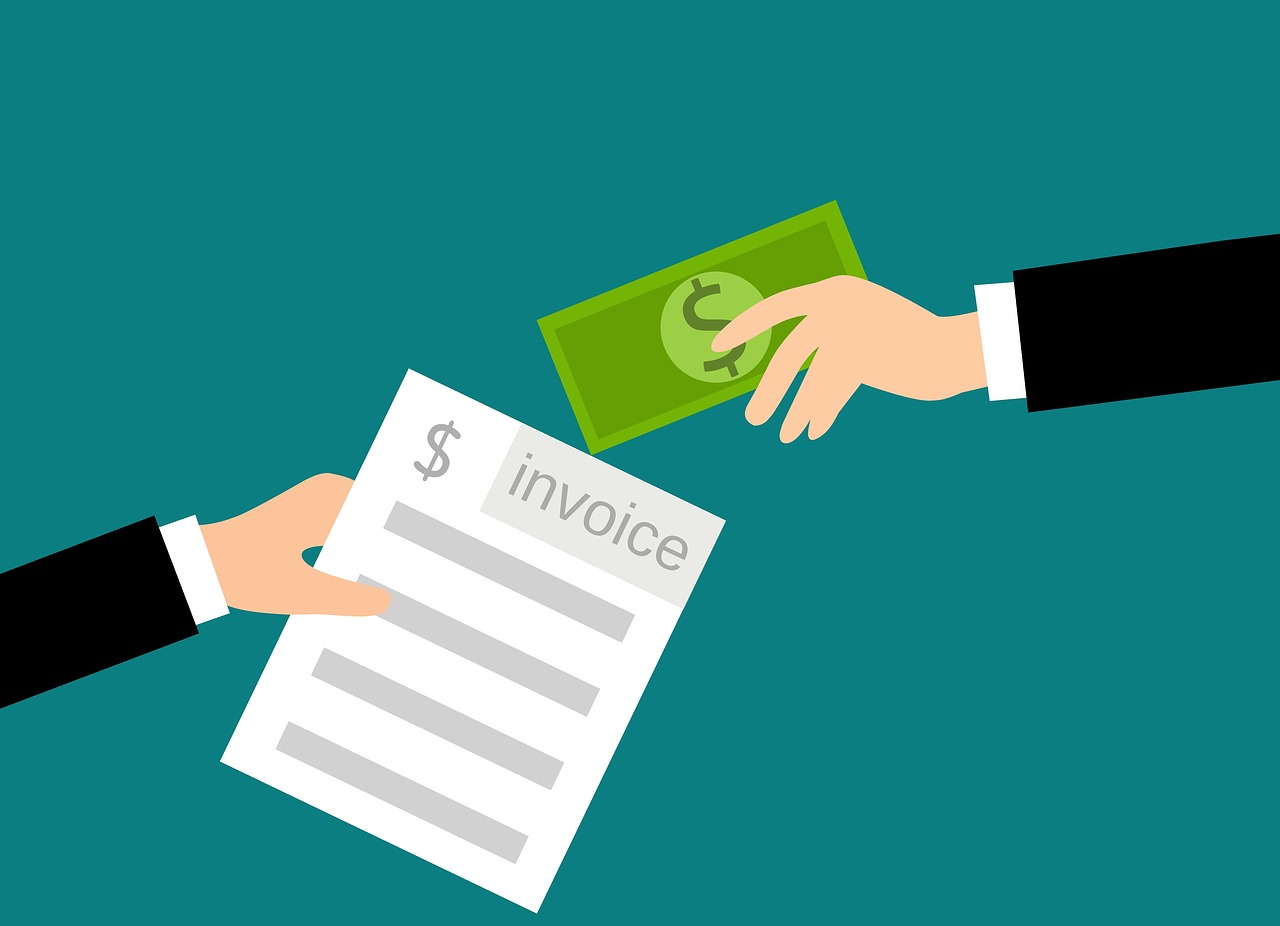
How to Apply a Discount to an Invoice
How to Apply a Discount to an Invoice A good discount is what your customer…


It is worth stipulating that you cannot just start adding a penalty to the unpaid amount if you haven’t discussed this issue with a client. Before signing a contract, you should indicate your terms and conditions and specify what percentage and under what circumstances will be added to the totals in the emailed or printed invoice.
We recommend registeringit in the “Notes” section so that a customer has all the important information before their eyes.
There are two options for how to charge late fees on invoices. You can set a fixed amount or assign a percentage to be added to the total, for example, monthly. If the first option suits you, just add the agreed amount for each month of delay. If you chose a percentage, e.g., 6%, multiply a debt by 0.06 to get the fee amount.

The law doesn’t establish a standard fee for expired bills. But what is the maximum late fee allowed by law? It depends on the specific region, country, or state. For example, if you do business in the United States, Connecticut has a maximum fine of 12%, while in Maryland, the rate is 6-8%. So, before entering into a contract with a client, ask your business advisor ‘how much interest can I charge on overdue invoices following local laws’.
However, every industry still has unspoken norms. As a rule, typical late fees for invoices do not exceed 1-1.5% of the total amount of a contract. Keep in mind that it should be a motivational measure to get a customer to pay on time. There is no need to impose too high fines to try to squeeze the maximum out of a payer. Still, it’s better to maintain a good relationship; then, there is a high probability that a client will return to you.








How to Apply a Discount to an Invoice A good discount is what your customer…

How to Add Taxable and Non-Taxable Items on One Invoice Invoicing is never as straightforward…

3 Reasons to Use Paperless Invoices It is 2024 out there, and machines have already…